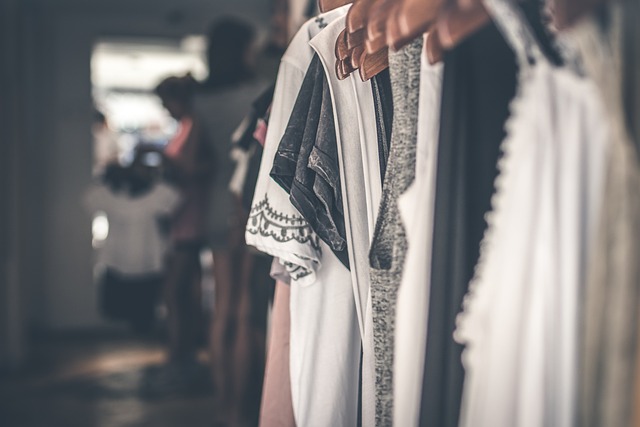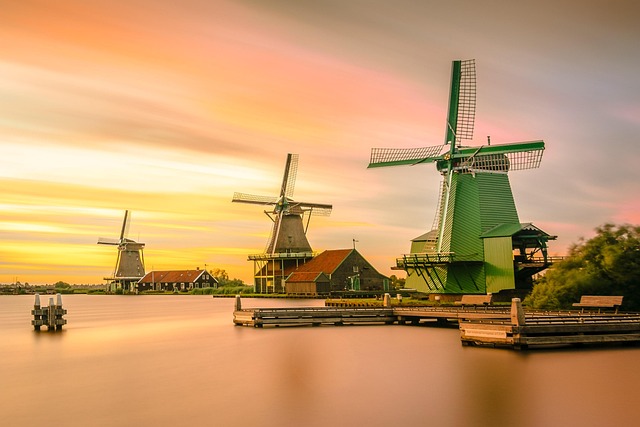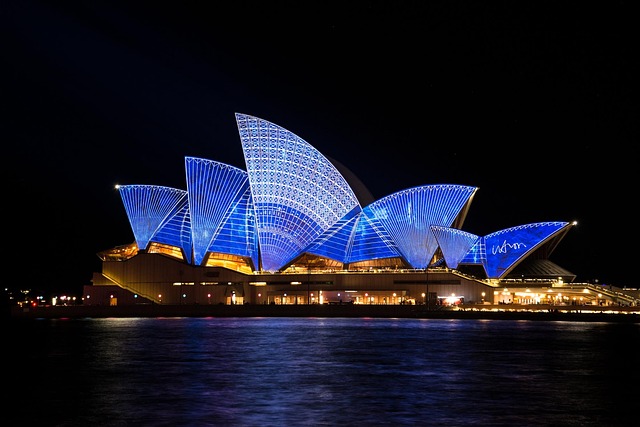Traditional Dutch Clothing: From Clogs to Costumes

The Netherlands, with its rich cultural heritage and vibrant traditions, is home to a variety of traditional clothing that reflects its history and regional diversity. From the iconic wooden clogs to the colorful costumes worn during festivals, Dutch traditional attire is both functional and symbolic. In this guide, we’ll explore the fascinating world of traditional Dutch clothing, delving into its origins, significance, and modern-day relevance.
The Iconic Dutch Clogs (Klompen)
What They Are:
Wooden clogs, or klompen, are one of the most recognizable symbols of Dutch culture. These sturdy shoes have been worn by the Dutch for centuries, particularly by farmers and workers.
Origins and History:
- Practicality: Clogs were originally designed for their durability and protection, making them ideal for working in muddy fields and wet conditions.
- Craftsmanship: Traditionally hand-carved from willow or poplar wood, clogs are both functional and decorative.
Modern-Day Use:
- Tourist Souvenirs: Klompen are popular souvenirs, often painted with traditional Dutch motifs like windmills and tulips.
- Fashion and Art: Some designers have incorporated clogs into modern fashion, while others use them as canvases for artistic expression.
Traditional Dutch Costumes (Klederdracht)
Traditional Dutch costumes, or klederdracht, vary by region and are often associated with specific towns or villages. These costumes are typically worn during festivals, celebrations, and cultural events.
1. Volendam Costume
- What It Is: The Volendam costume is one of the most famous traditional outfits in the Netherlands, originating from the fishing village of Volendam.
- Key Features:
- Women: A striped skirt, a fitted bodice, and a lace cap with gold ornaments.
- Men: Dark trousers, a striped shirt, and a flat cap.
- Significance: The costume reflects the village’s maritime heritage and is often worn during tourist events and cultural festivals.
2. Marken Costume
- What It Is: The Marken costume comes from the island of Marken and is known for its distinctive bonnets and aprons.
- Key Features:
- Women: A long, dark skirt, a white blouse, and a bonnet with lace trim.
- Men: Dark trousers, a striped shirt, and a flat cap.
- Significance: The costume is a symbol of the island’s unique identity and is often worn during traditional celebrations.
3. Zeeland Costume
- What It Is: The Zeeland costume is associated with the province of Zeeland and is characterized by its elaborate headwear.
- Key Features:
- Women: A long, dark skirt, a fitted bodice, and a lace cap with gold ornaments.
- Men: Dark trousers, a striped shirt, and a flat cap.
- Significance: The costume reflects the region’s agricultural heritage and is often worn during local festivals.
4. Frisian Costume
- What It Is: The Frisian costume comes from the province of Friesland and is known for its simplicity and elegance.
- Key Features:
- Women: A long, dark skirt, a white blouse, and a lace cap.
- Men: Dark trousers, a striped shirt, and a flat cap.
- Significance: The costume is a symbol of Frisian identity and is often worn during cultural events and celebrations.
Accessories and Adornments
Traditional Dutch clothing is often accompanied by a variety of accessories and adornments that add to its charm and significance.
1. Lace Caps and Bonnets
- What They Are: Lace caps and bonnets are a common feature of traditional Dutch women’s costumes.
- Significance: These headpieces are often decorated with lace, ribbons, and gold ornaments, symbolizing the wearer’s marital status and regional identity.
2. Aprons
- What They Are: Aprons are a practical and decorative element of traditional Dutch costumes.
- Significance: Aprons are often made of colorful fabrics and adorned with embroidery, reflecting the wearer’s regional heritage.
3. Jewelry
- What It Is: Traditional Dutch jewelry includes gold earrings, brooches, and necklaces.
- Significance: Jewelry is often passed down through generations and is a symbol of family heritage and social status.
Modern-Day Relevance of Traditional Dutch Clothing
While traditional Dutch clothing is no longer worn in everyday life, it continues to play an important role in cultural events, festivals, and tourism.
1. Cultural Festivals
- King’s Day (Koningsdag): During this national celebration, many Dutch people wear traditional costumes to showcase their cultural heritage.
- Local Festivals: Traditional clothing is often worn during local festivals and parades, such as the Bloemencorso (flower parade) and Sinterklaas celebrations.
2. Tourism
- Photo Opportunities: In tourist hotspots like Volendam and Marken, visitors can dress up in traditional costumes and take photos as a fun memento of their trip.
- Cultural Exhibitions: Museums and cultural centers often feature exhibits on traditional Dutch clothing, offering insights into its history and significance.
3. Fashion and Design
- Modern Interpretations: Some Dutch designers have incorporated elements of traditional clothing into contemporary fashion, creating a unique blend of old and new.
- Art and Craft: Traditional costumes and accessories are often used as inspiration for art and craft projects, preserving their cultural significance.




